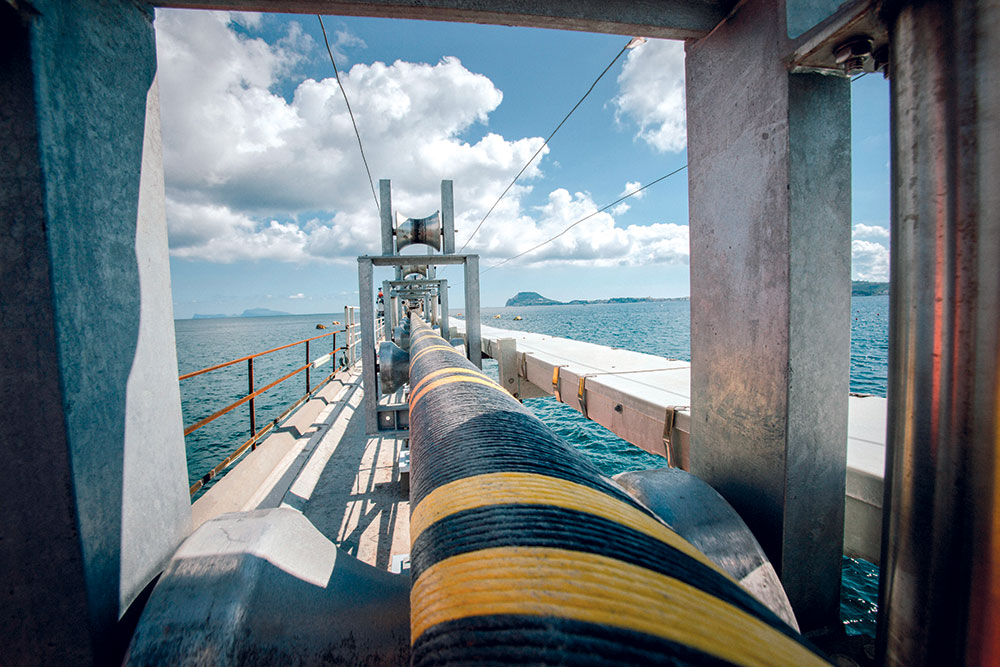
The European power market needs a continental vision to be effectively created and developed. Massimo Battaini, Executive Vice President for Energy Projects at Prysmian Group, explains that North and South Europe are consuming power at different times. In the North demand peaks in the winter, while in the South the same happens in the summer due to extensive use of air conditioning.
“A continental vision would satisfy both the northern peaks and production demands from South in the summer, without the The Group is dedicated to offering the most advanced and innovative technologies to its customers - namely transmission system operators engaged in the development, extension and upgrade of their power
grids. As such, we’ve recently launched breakthrough cable technologies for the
development of power transmission grids that will ensure better environmental sustainability, higher electrical performance and lower costs. The 525 kV XLPE extruded cable solution, for High Voltage Direct Current (HVDC) applications, ensures doubling capacity of bi-pole systems up to 2.6 GW. The 66 need for building new power plants”. Battaini estimates savings of up to €40 billion per year for European consumers. Laying down new cables would require less spending than building new plants, as has been demonstrated by those northern countries that are leading the way. Battaini mentions the Viking Link, set to connect Britain and Denmark with the longest submarine cable ever laid worldwide. According to Battaini, the Energy Union is the most ambitious European project in its field since the times of the European Coal and Steel Community (ECSC).
The Group is dedicated to offering the most advanced and innovative technologies to its customers - namely transmission system operators engaged in the development, extension and upgrade of their power grids. As such, we’ve recently launched breakthrough cable technologies for the development of power transmission grids that will ensure better environmental sustainability, higher electrical performance and lower costs.
The 525 kV XLPE extruded cable solution, for High Voltage Direct Current (HVDC) applications, ensures doubling capacity of bi-pole systems up to 2.6 GW. The 66 kV EPR insulated cable solution for interarray applications uses state-of-the-art materials and lighter lead-free designs for more sustainable and cost-effective electrical arrays, enabling up to a 15% cost reduction of offshore wind farms.
The recently launched new P-Laser 525 kV cable system for HVDC underground and submarine applications – a world first in the cable industry – offers unique environmental performance with lower CO2 emissions and higher electrical performances, enabling up to a 10% cost reduction in power transmission.

WindEurope, an agency for wind energy, estimates that Europe’s green energy could cover as much as of 27% of its total energy needs by 2030, equating to powering some 67 million people. Such an ambitious goal could even exceed expectations as investment is rapidly increasing, mainly in Northern Europe. But this requires the shared commitment of all countries of the Union. Giles Dickson, CEO of WindEurope, says that in a best case scenario, by 2030, up to 31% of European power needs could consistently be covered by wind. He stressed “the need for a stronger crossborder interconnection, to make the shift from traditional to green-sourced energy easier”, and vice versa. Dickson also points out the necessity for regulations to be adapted to reflect Europe’s diverse countries, such as Italy, in order to facilitate the development of wind energy, namely in its offshore version.